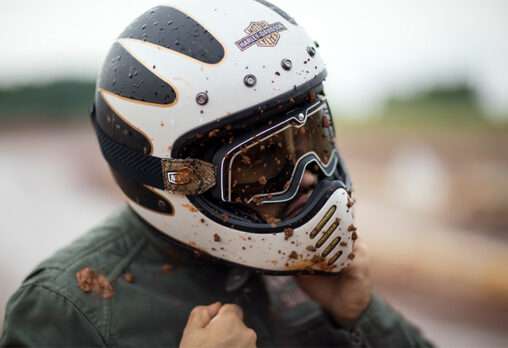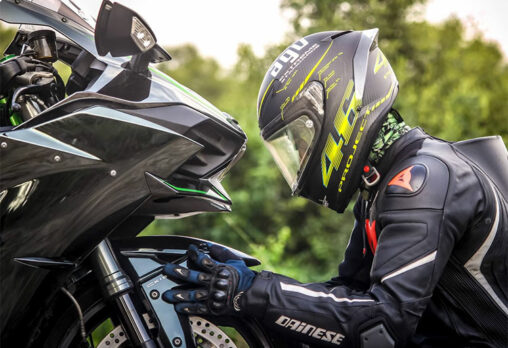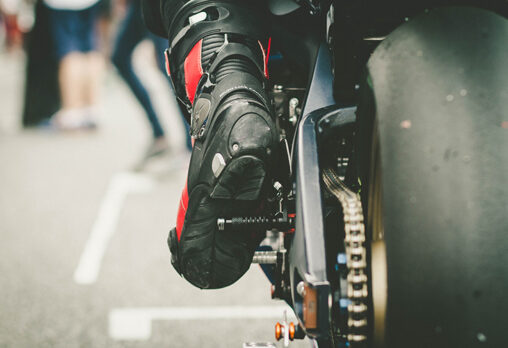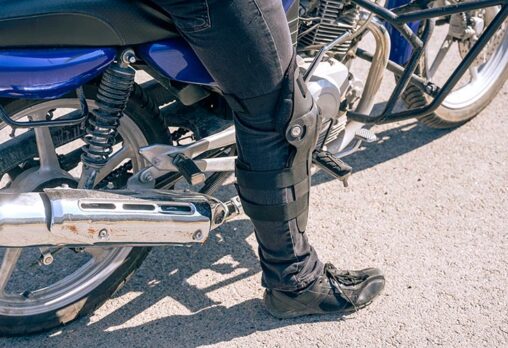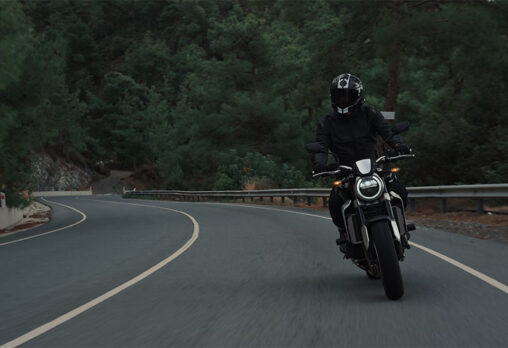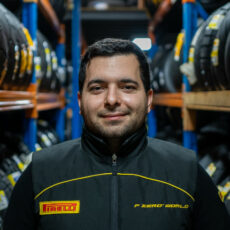While we are all continually trying to ensure safety in our everyday lives, it is particularly more of a priority when it comes to motorcycling. Whether it’s your first time on a bike or you’ve been riding for years, the motorcycle protective gear you choose is imperative as it will save your life.
Making a worthwhile investment in your motorcycle safety gear will always pay off. Of course, there are cheap options available or the lazy and unsafe choice of no gear at all, but finding out these were the wrong choices the hard way is not what we want for any rider.
To ensure you are staying safe on the bike, we’ve listed the bike protective gear you need, what to look out for to ensure quality, and a dissection of the many options available. Read this list, make sure you are fully equipped and always keep safe when riding.
There are no compromises when it comes to safety, and we’ve listed all of the important motorcycle safety gear you’ll need the next time you jump on the bike.



